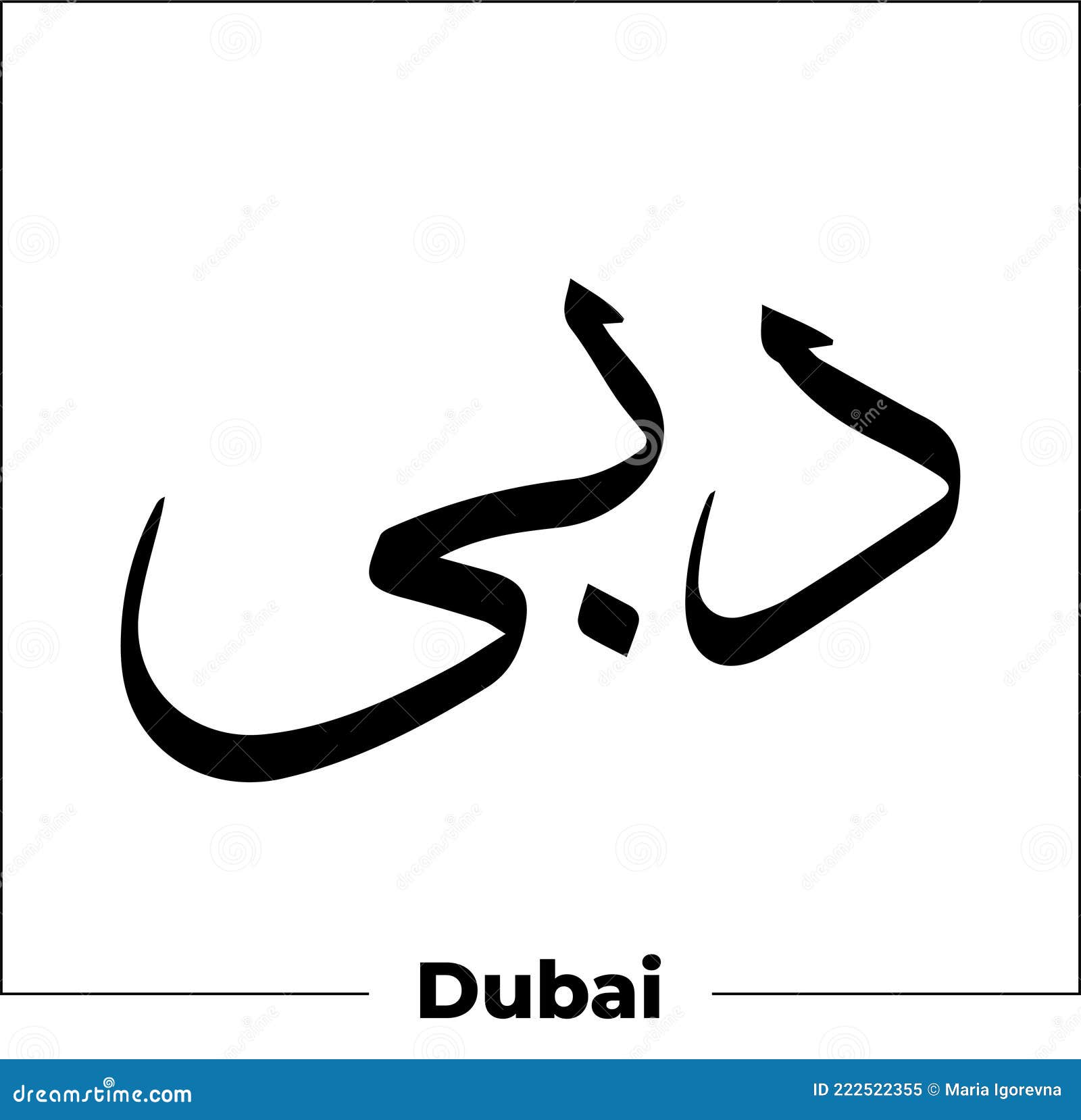
s simple to create such script but we assume that an real webdesigner will prefer to get its own collection of best arabic fonts and try them on every creation The same font will make a diffrent feeling with each logo or flyer creation. Alefba has fonts for Arabic, Persian (Farsi), Dari, Urdu, Pastho, and Kurdish. Level 2+ students should be exposed to this font. It’s standard for calligraphic or poetic writing but beginner students will have trouble deciphering the individual letters in this font.

Needless to say I’d appreciate if you could test with the latest variant first. Licensed for personal use only Regular and bold weights are available. A preferred font for script-like, calligraphic Dari and Farsi is Nastaliq. So this is the change I’m going to make to the language-selector package if nobody objects too much.

I replaced Noto Sans Arabic for the serif family with Noto Naskh Arabic. Check out Character Map section to understand the Calligraphy of Dubai Bold. Hopefully this change addresses the observation which made about the font being a bit “artistic”. 5 users have given the font a rating of 4.4 out of 5. 45 The Dubai font is claimed to be the first font ' simultaneously designed in both Arabic and English ' for general usage, with the capacity to operate in. Microsoft will also provide consultation regarding technical standards of fonts. buttons, menus) that have a height limit.Īnd it’s probably not appropriate to always use an UI font for sans-serif. Dubai Font to be designed for Microsoft products. Noto UI fonts are for text display in UI elements

In the fonts-noto-ui-core package description I read: It was the Kubuntu configuration which made me reconsider a couple of things (thanks replaced Noto Sans Arabic UI for the sans-serif family with Noto Sans Arabic. I have thought a bit more, and made a couple of changes to the test file /etc/fonts/conf.d/nf.


 0 kommentar(er)
0 kommentar(er)
